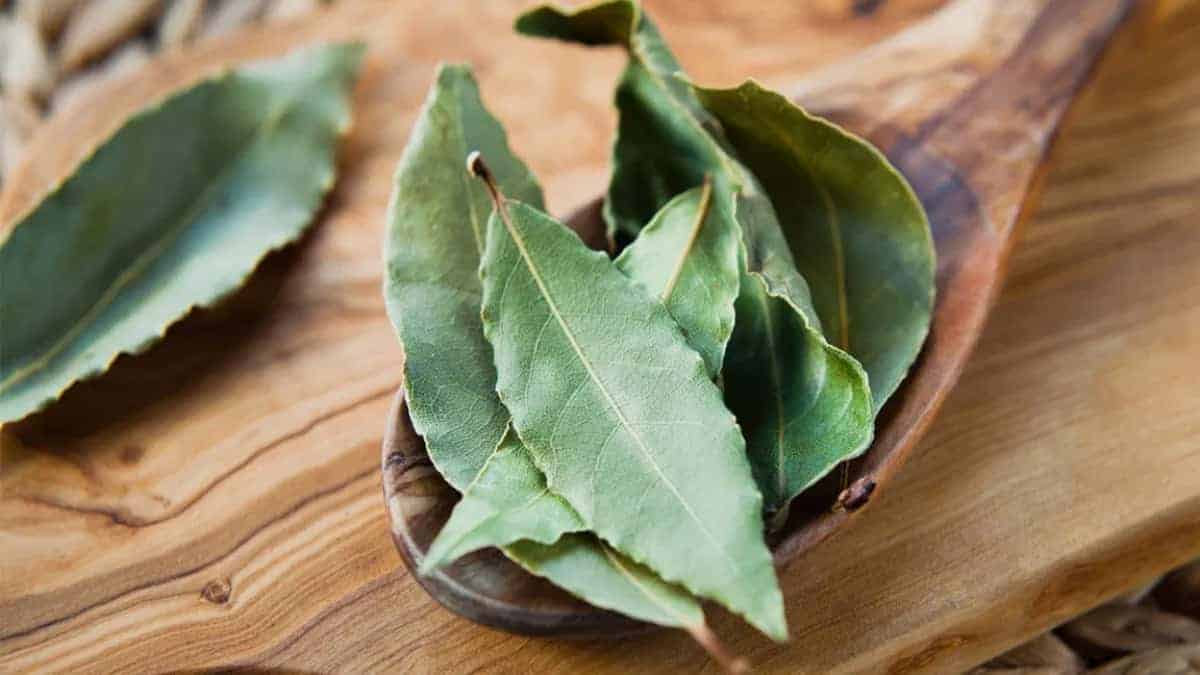Description
The bay leaf is an herb from a dried large leaf that is used to slowly and subtly add depth of flavor to dishes.
What does bay leaf taste like?
Bay leaves taste woody, bitter, and earthy, with a rich herbal aroma.
Where does bay leaf come from?
Native to the Mediterranean the bay leaf is from the bay laurel tree. Bay leaves have remained a central ingredient in Mediterranean cooking but can also be found in use throughout the world.
Bay Leaf Uses
Bay leaves gradually impart their flavor when infused acting as a base to enhance the flavors within a dish.
This seasoning is an ingredient in ‘bouquet garni’ and suit being slow-cooked into dishes such as soups, stews, stocks, braised meat, fish, vegetable dishes, sauces, marinades, pickling, and casseroles.
Due to its potency, for most recipes, a single bay leaf is enough which should then be removed after cooking.
Bay Leaf Substitutes
- Thyme: can be substituted in marinades.
- Juniper berries: for slow-cooked recipes can replicate the earthy richness.
Bay Leaf Compliments and Pairings
The ability to enhance other flavors makes bay leaf complementary to most ingredients that are slowly cooked. Bay leaves pair particularly well with meats, rice, stock, soups, and roasted vegetables.
Bay Leaf Expiration and Storage
- Fresh: tightly wrap bay leaves in a dry kitchen towel and refrigerate for up to two weeks.
- Dried: dried bay leaves can be kept in an airtight container for up to four months.
- Frozen: bay leaves will last longest when dried and then frozen maintaining flavour for up to six months.
Fun Facts About Bay Leaf
- Bay leaves were considered holy by the Greeks and associated with Apollo.
- Bay leaves were used by ancient Roman and Greeks to create the reefed crowns for battle victors.
- Due to the strong aroma bay leaves are a natural insect and pest repellent.
Popular Bay Leaf Recipes
- Bechamel
- Marinara
- Rice pudding
- Massaman curry
- Bay pickled carrot
- Vegetable stock
- Chicken adobo
- Biryani

